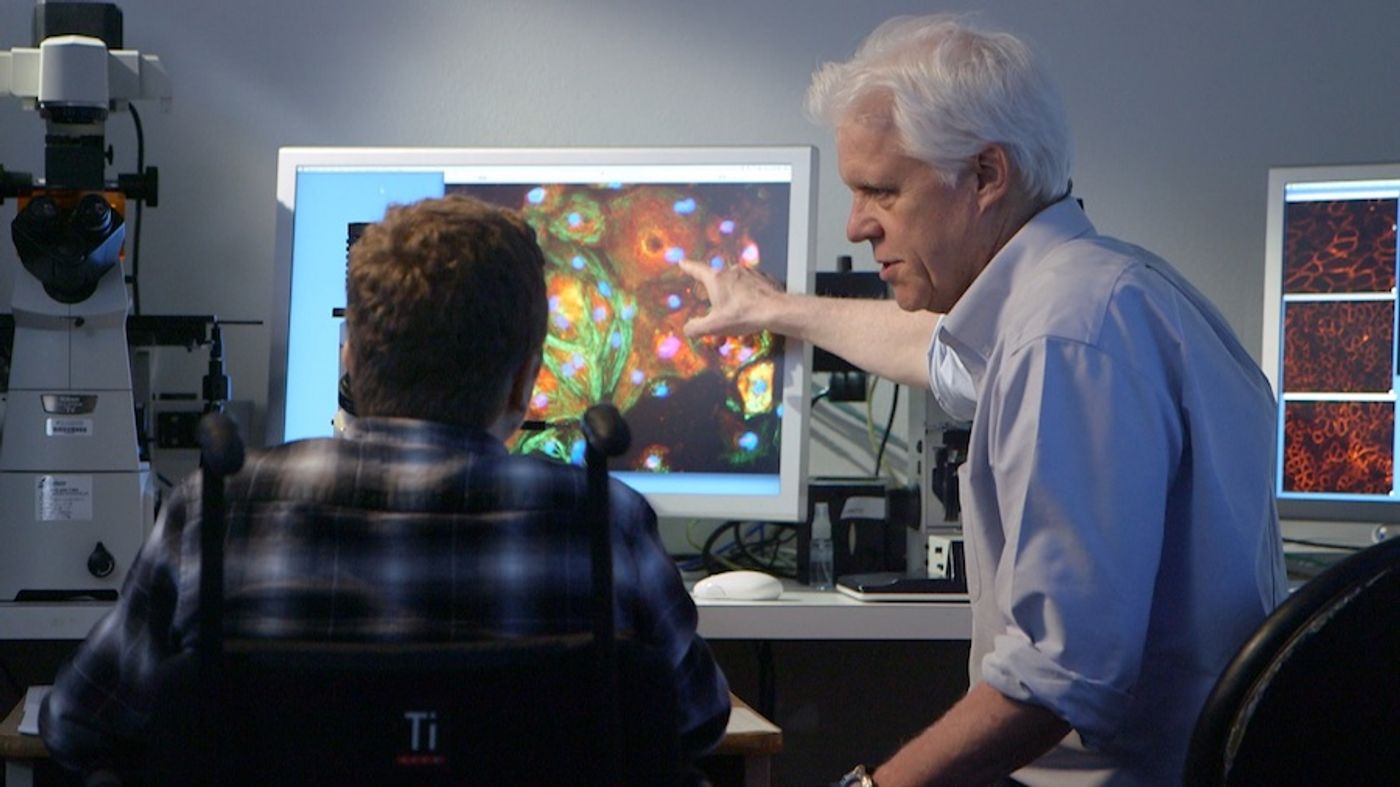Gene Editing Could Correct 3,000 Mutations Causing Muscular Dystrophy
Duchenne muscular dystrophy (DMD) is caused by defects in a gene necessary for strong muscle fibers, including the muscle in the heart. A new study from UT Southwestern Medical Center illustrates how applying CRISPR-Cas9 gene editing technology could potentially fix those defects, greatly improving the quality of life for people with DMD.
Thousands of different mutations contribute toward DMD, a genetic neuromuscular disorder affecting the dystrophin gene, leading to degeneration of skeletal and heart muscles. Instead of designing methods to target each individual gene in different people with DMD, methods which are often intrusive, the new technology offers an easier solution. CRISPR-Cas9 provides the ability to complete “surgical-like editing” of causative genes.
CRISPR-Cas9 works by making a single cut at “strategic points” in the DNA. UT Southwestern scientists have successfully tested the technology in heart muscle cells, called cardiomyocytes, of DMD patients.
"We're hopeful this technique will eventually alleviate pain and suffering, perhaps even save the lives, of DMD patients who have a wide range of mutations and, unfortunately, have had no other treatment options to eliminate the underlying cause of the disease,” said UT Southwestern’s Dr. Eric Olson.
Olson and other researchers carefully designed 12 guide RNAs to identify mutation “hot spots” along the dystrophin gene, guiding the Cas9 enzyme to each site to make the cut. The locations are considered “hot spots” because a significant percentage of disease-causing mutations occur there.
By mending the mutation sites, this method can restore function of the heart muscle tissue back to near-normal levels. “We found that correcting less than half of the cardiomyocytes was enough to rescue cardiac function to near-normal levels in human-engineered heart tissue," explained lead author Dr. Chengzu Long.
Going forward, the team from UT Southwestern plans on conducting further analysis of the new method, ensuring it is free of negative side effects. They will also continue improving guide RNA precision and consider applying the technology to other neuromuscular diseases.
With no cure in existence, most people affected by DMD die by the age of 30. But co-author Dr. Rhonda Bassel-Duby believes the new technology could truly make a difference: "Many different therapies have been put forward, but this one provides real hope to extend and improve the quality of patients' lives.”
The present study was published in the journal Science Advances.
Sources: UT Southwestern Medical Center, Muscular Dystrophy Association









